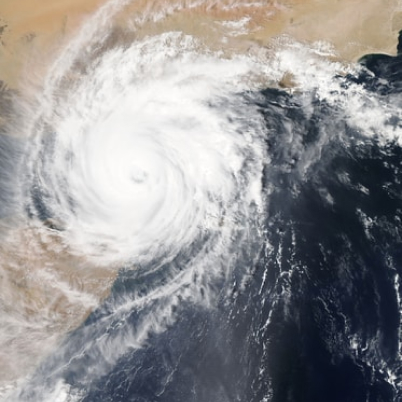Jet Streams: Mid-Latitude Modulators!
Jet streams are narrow bands of fast flowing air in the atmosphere (Figure 1) that take on many forms across the globe. However, in the mid-latitudes, including Europe, the jet stream of greatest interest is the polar jet stream. It is one of the most widely discussed weather phenomena in the world, even now featuring regularly in public weather broadcasts. But what exactly is it?

References
You may be interested in reading about
All articles
2/3/21
An overview on climate sensitivity
Human-induced climate change, driven by increasing emissions of atmospheric greenhouse gases, remains an ever-increasing issue at the centre of climate science whilst also having implications for society, policymakers and governing-bodies.

1/3/21
The energy charter treaty
A new law on climate change and the energy transition is about to come to light in Spain, with the aim of limiting global warming to 1.5 degrees and meeting the pledges made by the European Union at the Paris Agreement.

19/1/21
Delhi and the River of Love
As I drove by the bridge on the river Yamuna, it looked calm, serene, and inviting. However, getting closer, the unmistakable smell of decay greeted me. The banks were full of rubbish and the river was black. The stillness of the calm and serene river turned out to be death.

15/6/20
Forecasting tropical cyclones in a changing climate
Most of us engage with weather forecasts when we’re trying to plan our weekends, but they can also help us understand and cope with our rapidly changing climate.
